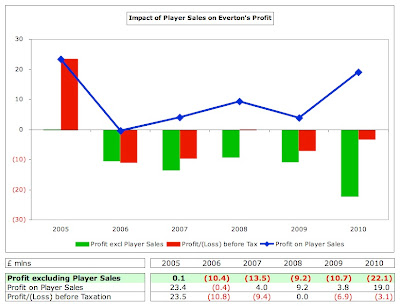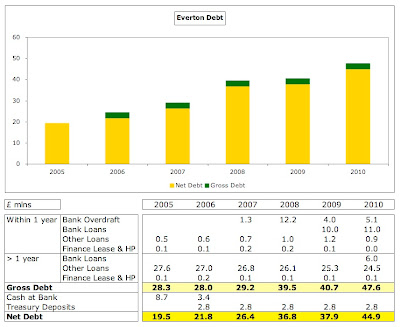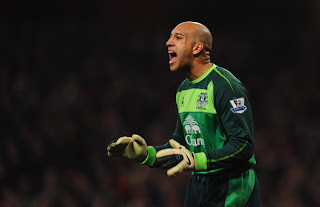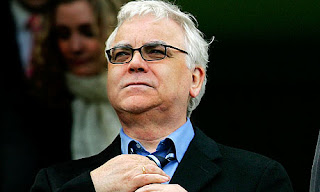Phil Jagielka admits he was unsettled by transfer speculation linking him to Arsenal during the summer. Liverpool Echo
Intresting, saw that on the Arsenal Website.
“If you ask the manager, he’ll probably tell you that my situation was the easiest transfer ‘saga’ he’s ever dealt with,” said the England international.
“There was never an issue. I just wanted it to go away, and that to be the end of it, so I’m sure if you’d asked the gaffer what was going to happen, he’d have put a lot of money and me staying.
“I was slightly affected because my name was in the papers a little bit. But I spoke to the manager a couple of times and he let me know what was going on, and there really wasn’t a part of me that expected to go.
“It was a difficult time. There were rumours of this player going and that player going. We were all a lot happier when the window shut.”
Everton's Phil Jagielka has revealed he was not interested in a move to Arsenal this summer - Transfer News - MirrorFootball.co.uk

























